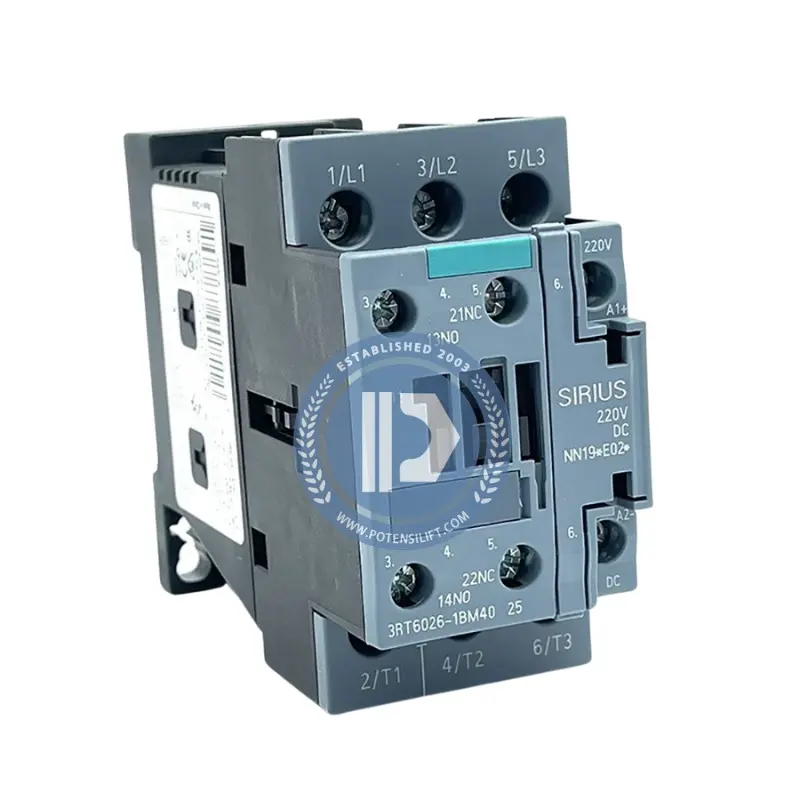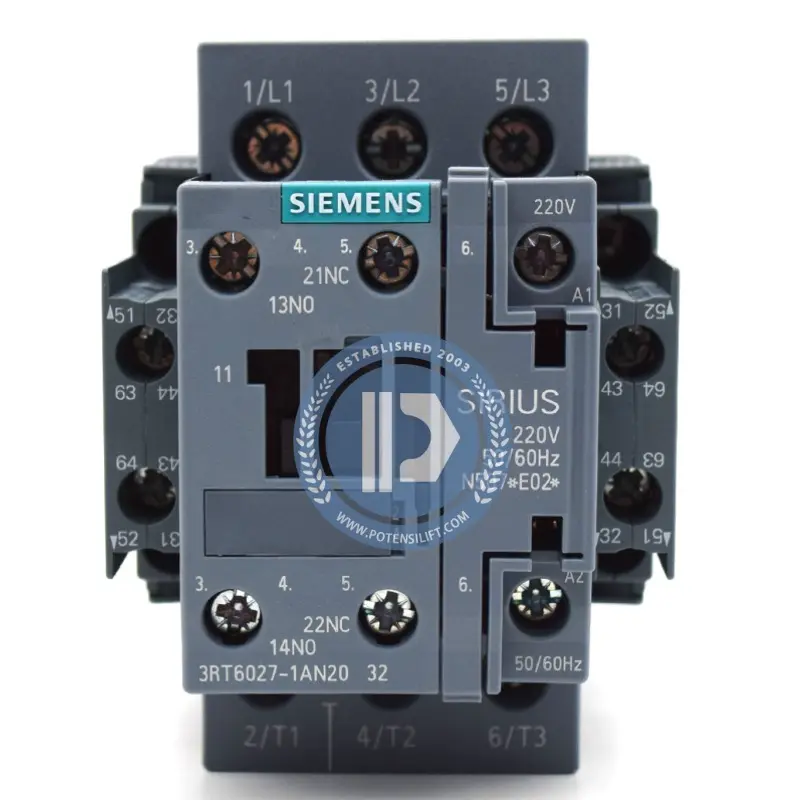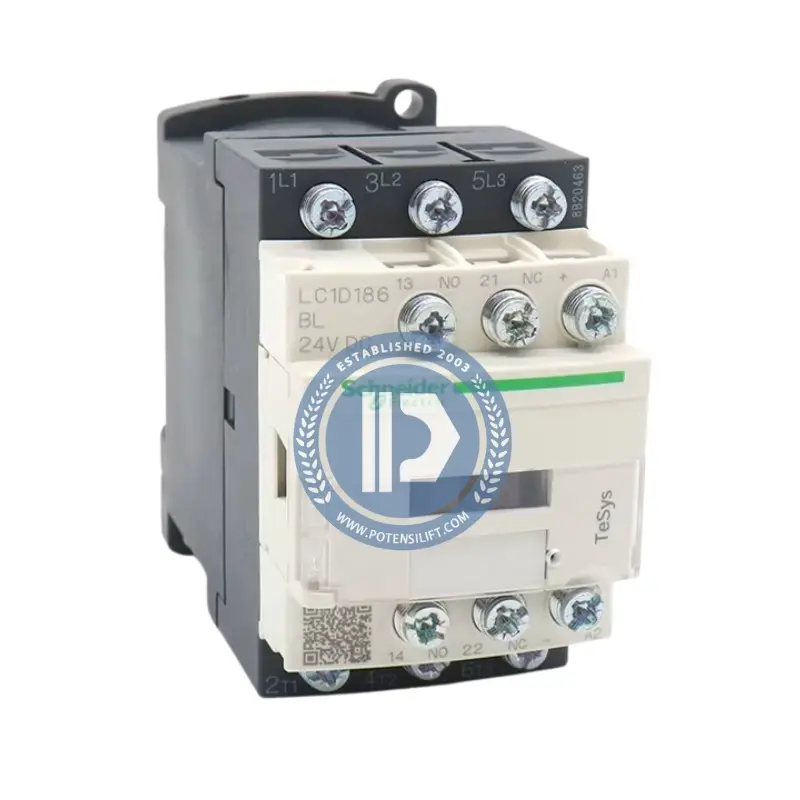Ever wondered what keeps an elevator running smoothly every time you press a button? While motors and control systems get most of the attention, elevator contactors play a crucial behind-the-scenes role. If an elevator suddenly stops moving, fails to switch directions, or experiences electrical failures, a faulty contactor might be the cause.
An elevator contactor is an essential electrical component that controls the power supply to the motor, brakes, and other systems. It acts as a switch that ensures safe and reliable elevator operation. Choosing the right contactor can help prevent malfunctions, reduce maintenance costs, and extend equipment lifespan.
So, what exactly does an elevator contactor do? How do you choose the right one? And when should it be replaced? Let’s break it down.

Elevator contactors work like high-power relays, turning circuits on and off as needed. When an elevator is called to move, the contactor engages to supply power to the motor. Once the elevator reaches its destination, the contactor disengages, cutting off the power.
The main functions of an elevator contactor include:
Without a properly functioning contactor, the elevator may fail to operate safely or efficiently.
Different types of contactors are used depending on the elevator’s design and electrical system. Some of the most common include:
Selecting the right contactor depends on factors like voltage, current rating, and compatibility with the elevator control system. Using an incorrect contactor may lead to malfunctions, overheating, or excessive wear.

Like any electrical component, contactors wear out over time. Common causes of failure include:
Regular inspection and maintenance can help extend the life of contactors and prevent unexpected breakdowns.

To keep an elevator contactor in good condition, follow these basic maintenance steps:

If any of these issues appear, replacing the contactor can prevent further damage and keep the elevator running safely.
When purchasing an elevator contactor, consider these factors:
At Potensi, we supply a wide range of elevator contactors designed for various elevator brands and systems. Whether you need main power contactors, reversing contactors, or auxiliary contactors, we have reliable solutions for safe and efficient elevator operation.
Elevator contactors may not be the most visible component, but they are essential for safe and reliable operation. Understanding their function, common issues, and maintenance tips can help prevent malfunctions and reduce repair costs.
If you need high-quality elevator contactors with reliable performance, Potensi offers trusted solutions for various elevator systems. Contact us today for expert advice and quality products!
① Get 10% off on your first order.
② Get latest news about our promotion products.
③ Get our sales specialist VIP service 24/7.
④ Get access to our credit payment time.
WhatsApp us
